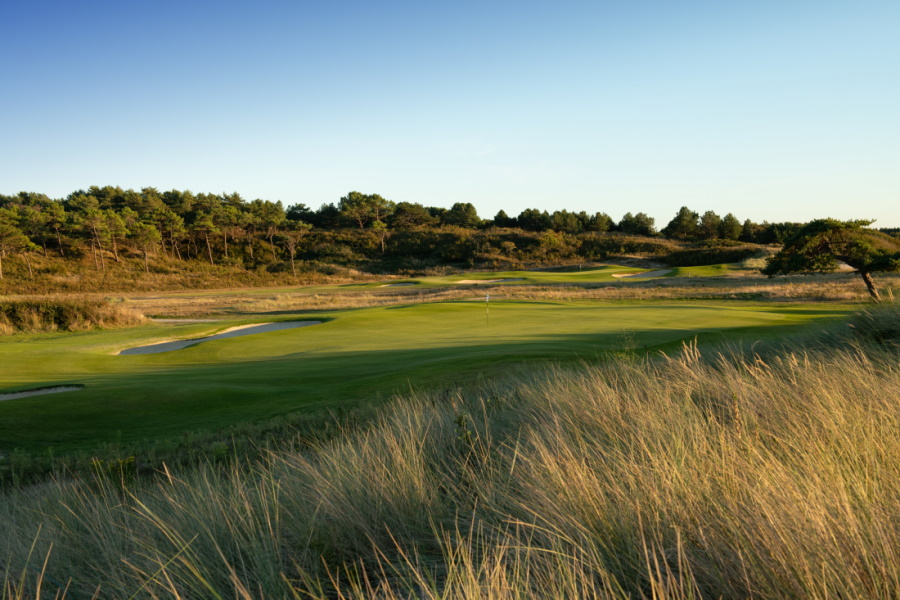A rich history, a single passion
In the 1900s, the Le Touquet-Paris-Plage seaside resort was growing fast and people were realising the full potential of its location, four hours from London and three hours from Paris. Pierre de Coubertin, director of sporting activities at the resort from 1903, wanted to transform it into a “sports paradise” as per the wishes of John Whitley and Allen Stoneham, founders of Le Touquet Syndicate Ltd. Creating a golf course became a necessity…
Golf du Touquet, an international sensation
24 May 1904
Opening of the La Forêt course designed by Horace Hutchinson and Nick Lane Jackson, two renowned architects.
Inauguration by Lord Balfour, British Prime Minister, during the presidency of the Duke of Argyll, the King’s son-in-law. Lord Balfour, an enthusiastic golfer, tests the course and the seaside resort’s destiny becomes inextricably linked to the golf club. Both are an instant success.
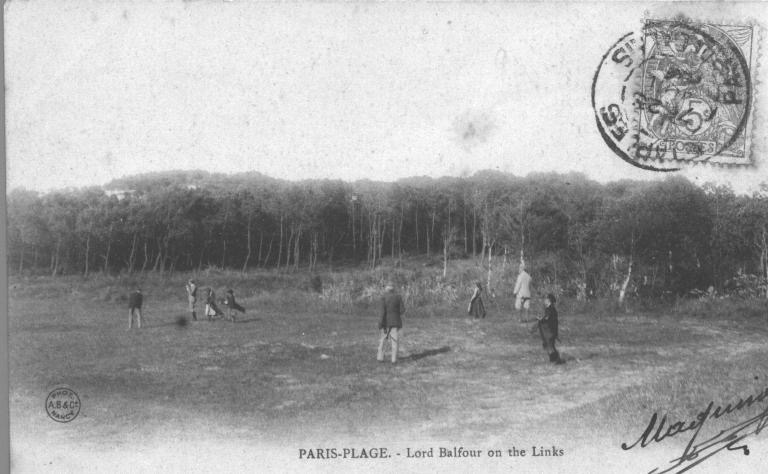
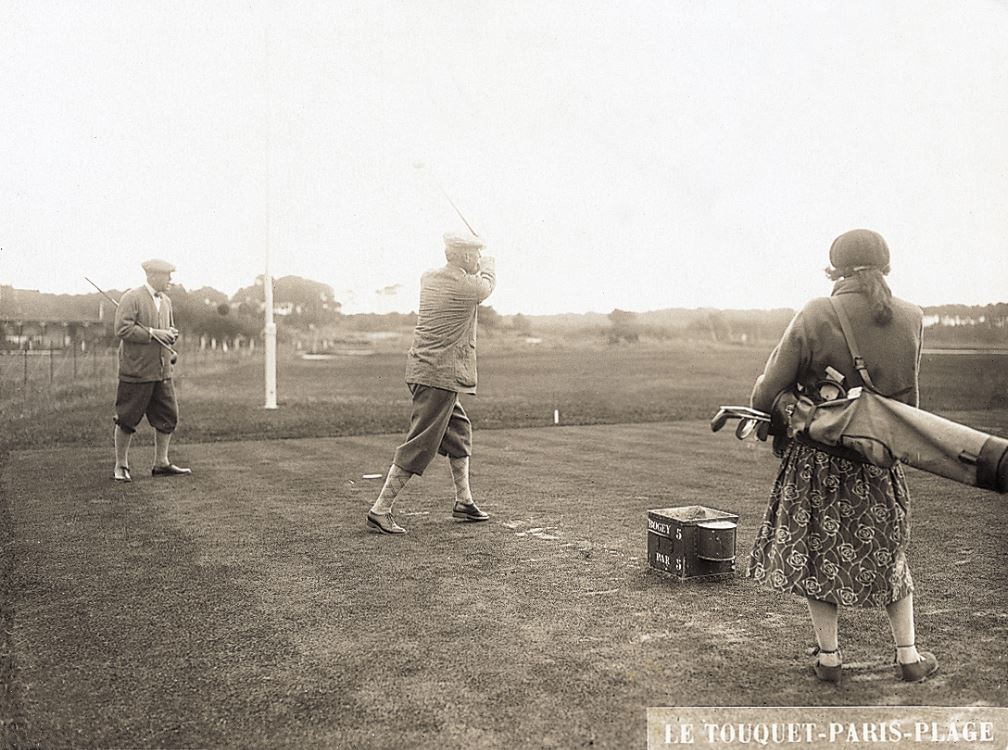
1910
The British gentry and talented golfers like Harry Vardon and Arnaud Massy become regulars at the golf club. Creation of the Le Manoir 9-hole course in the middle of the La Forêt course.
1914-1918
Organisation of the French Professional Championship. John Douglas Edgar beats Harry Vardon to take the title. All major sporting events are cancelled during the Great War. The resort is made available to British soldiers by Stoneham and officers continue to practise on the golf course.
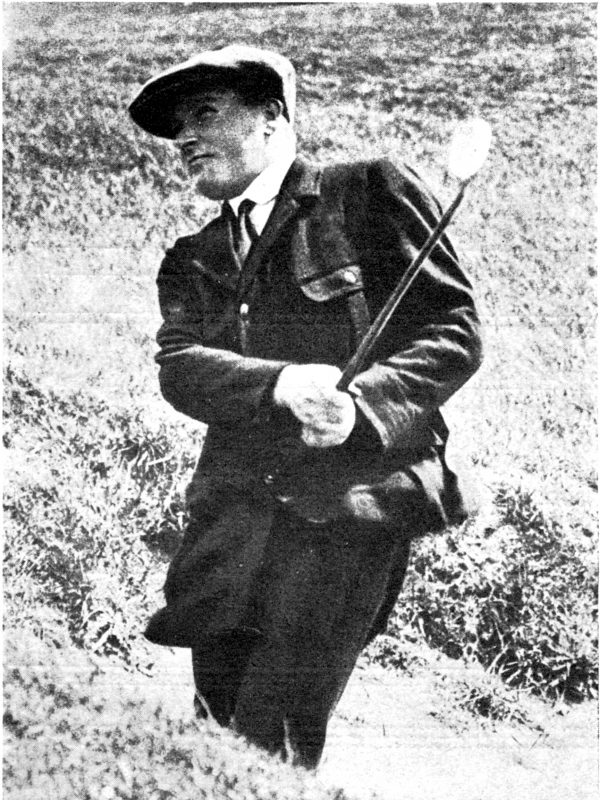
The interwar period: the rise of a legend
1919
Creation of the “Lewin Gun School Cup” by the British officers, held every year until 1939. In 1919, the golf club is refurbished and the international press shine the media spotlight on the famous links at Le Touquet. We see pictures of Edward VIII, Prince of Wales, and his brother Prince Henry playing there, along with Lord and Lady Dudley who built the Chalet du Bois. In 1919, the prestigious “Club des Brigands” and “Bucks Club Tournament” are held at Le Touquet.
1921
Aubrey Boomer (GB) takes the title
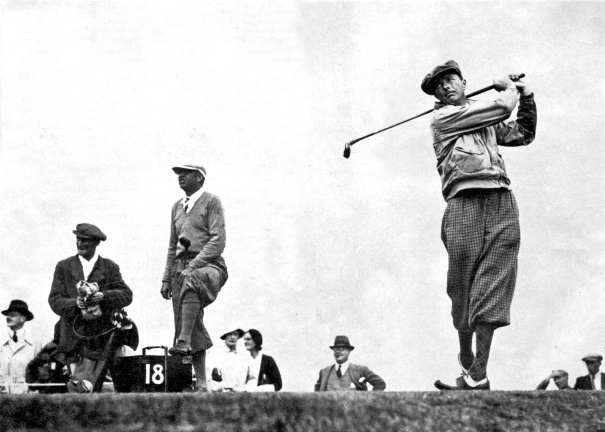
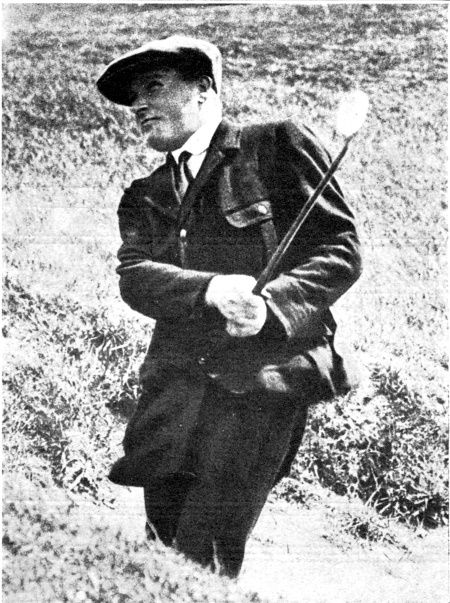
1925
Poster competition by the tourist office, won by Courchinoux. The image becomes iconic and 12,000 copies are printed.
14 June 1928
Design work begins on the 18-hole La Mer course in the middle of the dunes by the famous architect Harry Shapland Colt (who also designed Royal Zoute, Muirfield, Sunningdale and Wentworth, among others).
August 1930
A big article by Morrison in the Daily Mail on the building of La Mer stated, “The new course has the most magnificent 18 holes a scratch golfer could ever find. Each of them is a masterpiece.”
Easter 1931
Opening of La Mer course and the clubhouse looking out onto the first hole. The Prince of Wales came every night to secretly test the course a few days before the opening! Golf Le Touquet becomes one of the largest golf clubs in the world (45 holes) under the same management.
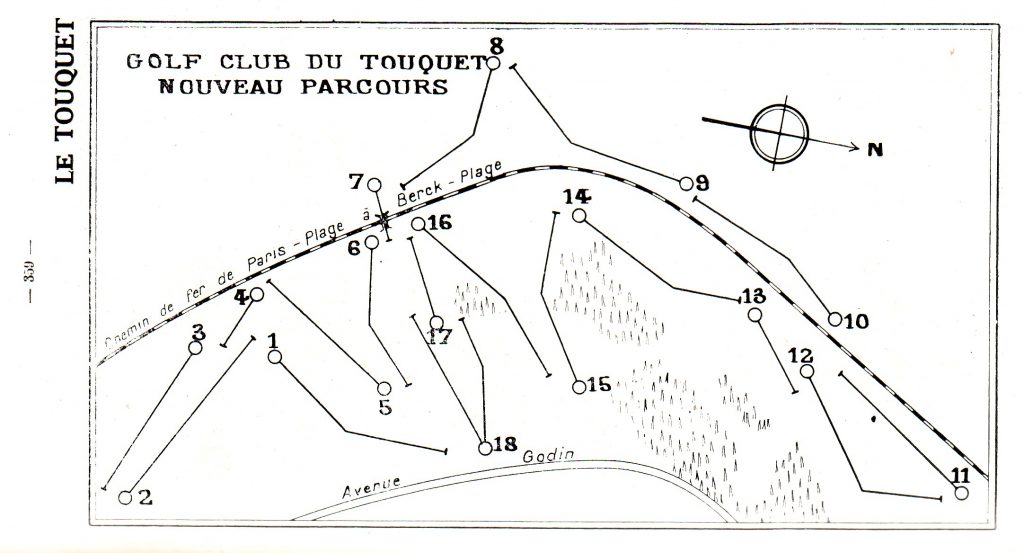
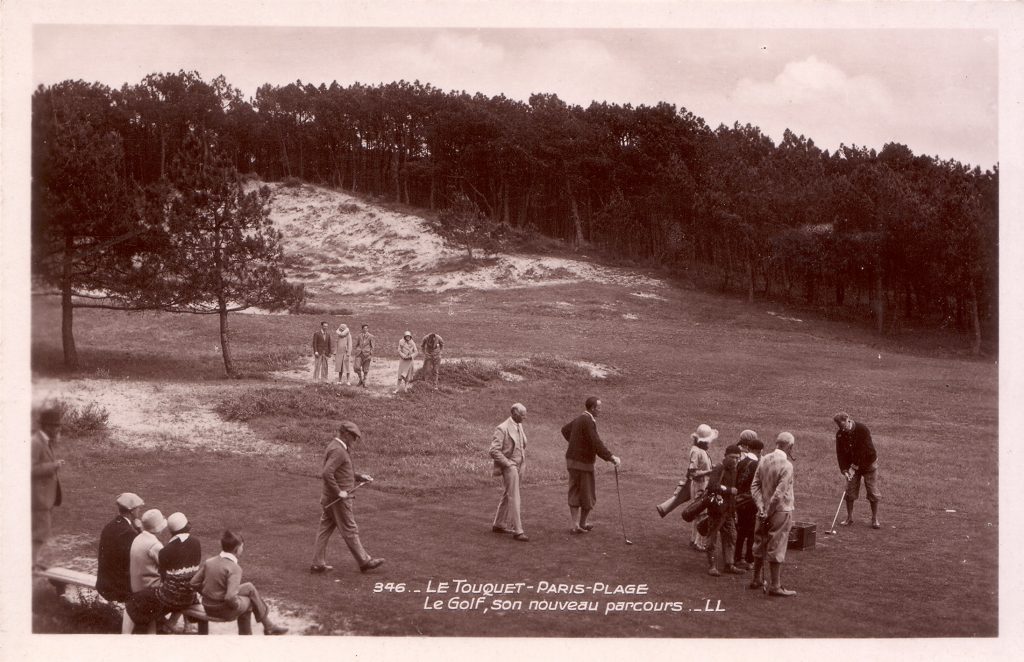
1932
French International Women’s Championship.
1935
Sidney Brews (South Africa) wins the French Open.
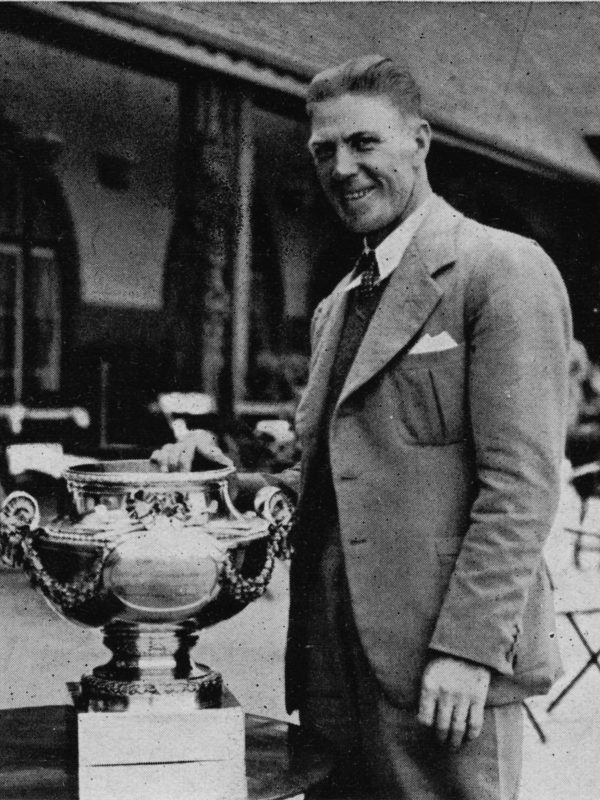
1939
Martin Pose (Argentina) wins the French Open.
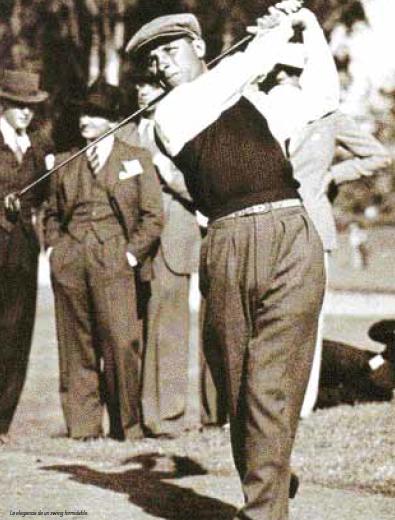
September 1939
The Second World War puts a stop to golf’s ascent. The impact is all too clear: 2,000 bombs dropped on Le Touquet by the Allied forces before the Canadian liberation on 4 September 1944. The clubhouse is destroyed and the golf club becomes overgrown. The town of Le Touquet is partially destroyed.
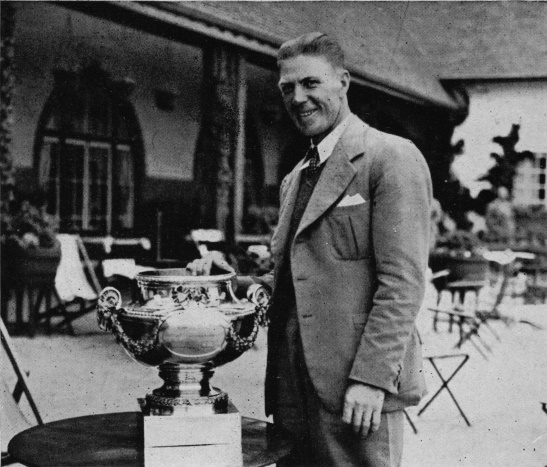
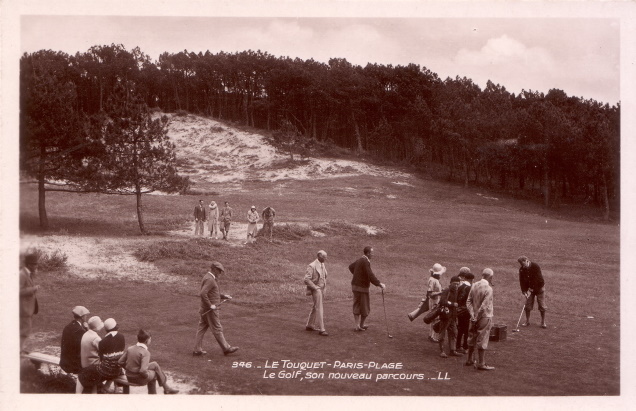
The postwar period: the rebirth of a legend
1946-1948
The golf hotel and the old half-timbered club house and the new sea house were destroyed in the Allied bombing raids of 1944. After his demobilisation, Vincent Stoneham returned to Le Touquet and, with his young wife, undertook the rehabilitation of the golf course from 1946 onwards, with difficulty and few resources. On July 12, 1946, 9 holes were opened for play. The mansion serves as a club house and is officially converted into a hotel. Usable from 1948, the old course, usefully completes
1950 - 1958
The Manoir became a hotel-restaurant in 1950. A year later, work began on the La Mer course. In 1958, the 9-hole course at the Manoir was reopened. The La Mer route remains in abeyance, as its reconstruction work is expected to be costly and complex.

1959
Vincent Tshabalala wins the Open de France. Sam Torrance sets a new sea course record with 63. Eighteen years later, Severiano Ballesteros won the 2nd edition of the Open de France in Le Touquet in 1977.
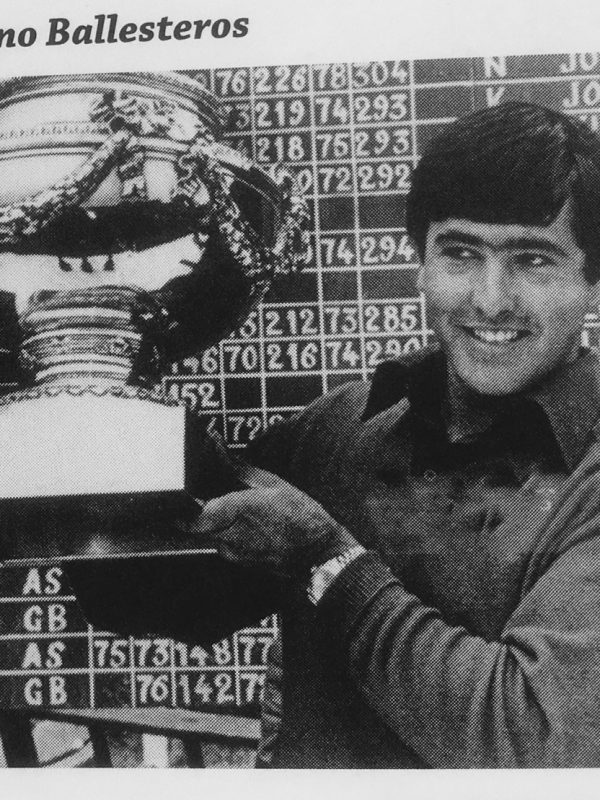
1992 - January
For the first time in its history, after the sale of Le Touquet Syndicate Ltd by Mr. Bell to the Brent Walker group, which then parted with it in favor of the Open Golf France group chaired by Nicolas Boissonnas, the Le Touquet golf course became French.
The course of the sea was rebuilt by the architect Harold Baker, restoring it to its precious original layout. Two new holes were created on the Forest course and the pitch and putt became a full-service 9-hole course, called the Manor course. A new clubhouse was planned on the site of the one that had been destroyed during the war.
2016
A new Club House was built in August, replacing the old one. Largely open to the courses and nature, it is located on the forest side, opposite the Manoir Hotel. Contemporary in style, it is designed by Pierre-Louis Carlier.
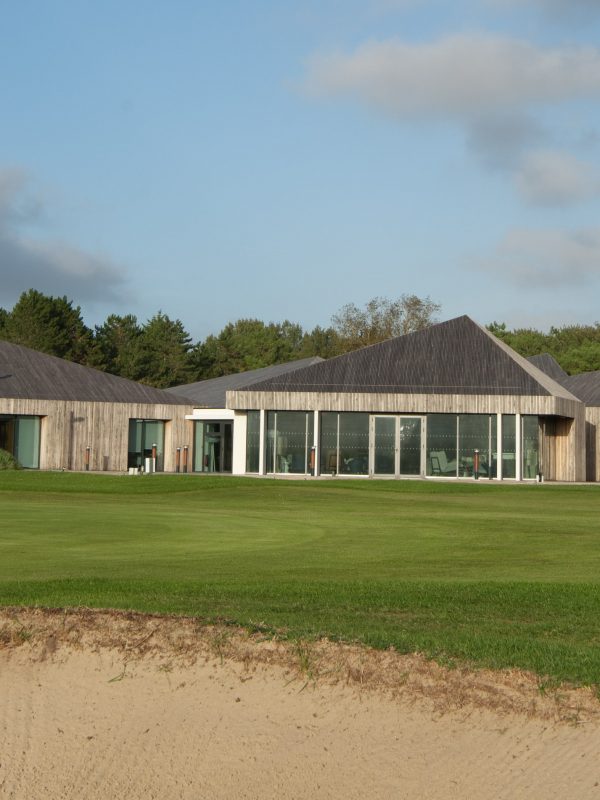
Aujourd'hui
The courses have been restored to their former glory. Thanks to a very rigorous maintenance in accordance with the rules of the art, many prestigious national and international competitions are once again welcomed in the heart of the Resort full of history… and passion.
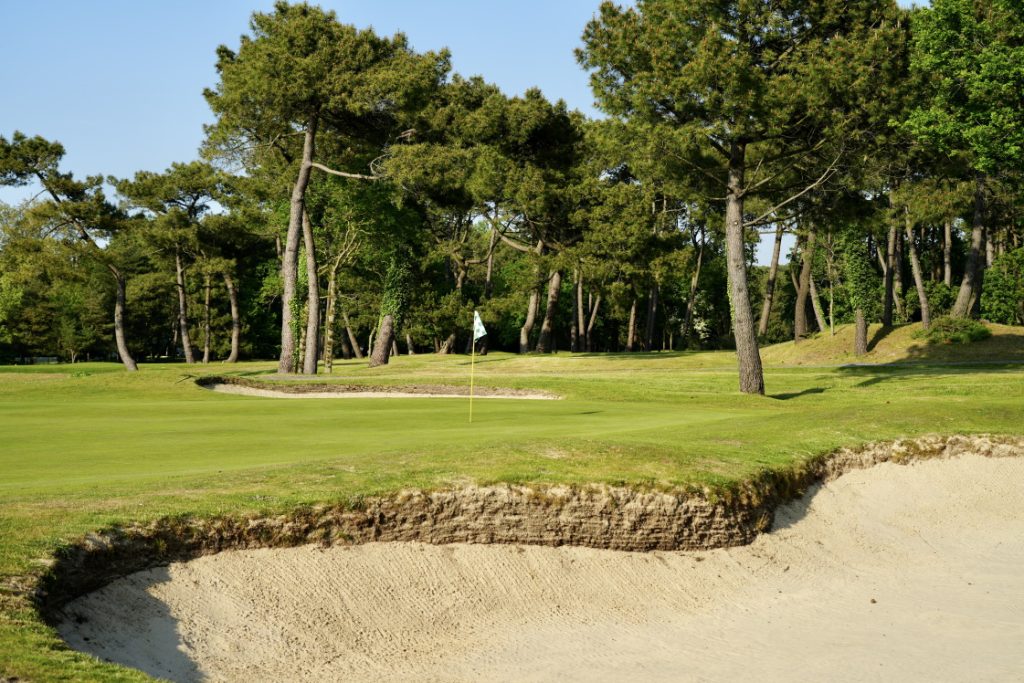
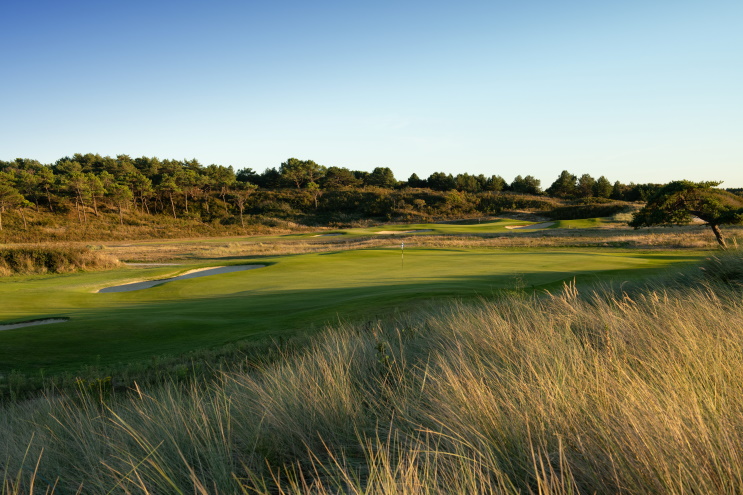
1997
The La Mer course is rebuilt by the architect Harold Baker, who restores it to its much admired original layout. Two new holes are created in the La Forêt course and the pitch and putt becomes a fully-fledged 9-hole course named Le Manoir. A new clubhouse is planned on the same site as the one destroyed during the war.
2016
The new clubhouse is completed in August where the old one used to stand. It is located on the forest side, opposite Le Manoir Hôtel, and opens out onto the course and nature. It is designed by Pierre-Louis Carlier in a contemporary style.
Today
The golf courses are back to their former glory. Now meticulously maintained as it should be, this historic resort demonstrates its passion for the sport once more, playing host to many prestigious national and international tournaments.

